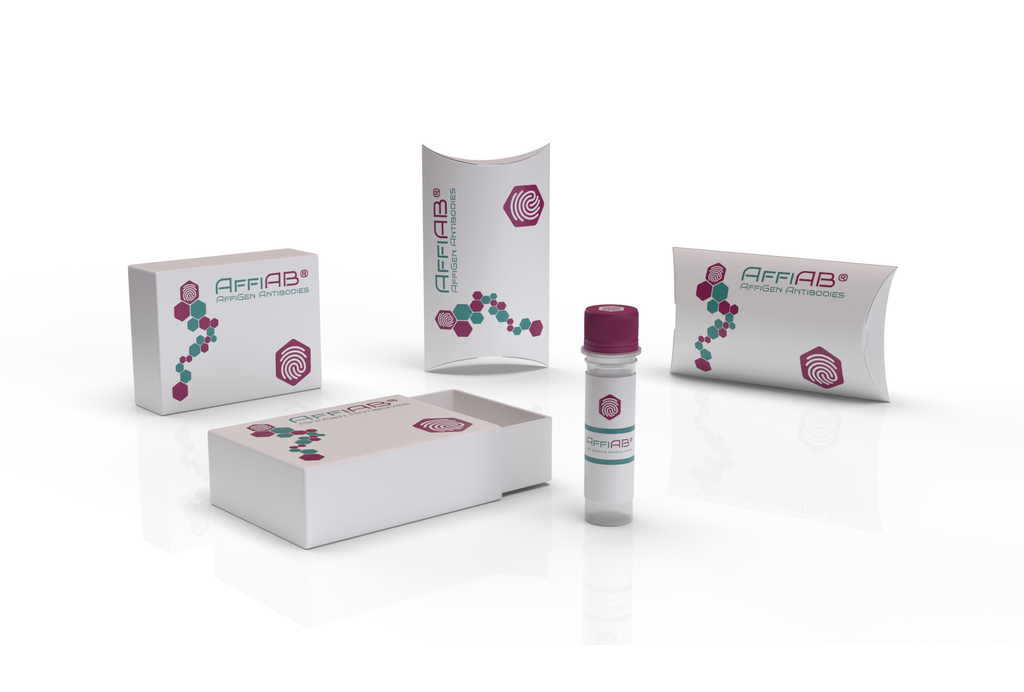AffiAB® Anti-IRS1 Antibody
Insulin receptor substrate 1 plays a key role in transmitting signals from the insulin and insulin-like growth factor-1 (IGF-1) receptors to intracellular pathways PI3K / Akt and Erk MAP kinase pathways. Tyrosine phosphorylation of IRS-1 by insulin receptor (IR) introduces multiple binding sites for proteins bearing SH2 homology domain, such as PI3K, Grb-2/Sos complex and SHP2. PI3K, involved in interaction with IRS-1, produces PIP3, which, in turn, recruits Akt kinase. Further, Akt kinase is activated via phosphorylation of its T308 residue and analogous sites in PKC by PDK1. This phosphorylation is absent in tissues lacking IRS-1. The cascade is followed by glucose uptake. Formation of the Grb-2/Sos complex, also known as the RAS guanine nucleotide exchange factor complex, results in ERK1/2 activation. IRS-1 signal transduction may be inhibited by SHP2 in some tissues.
Antibody type
Rabbit polyclonal Antibody
Uniprot ID
SwissProt: P35568 Human; SwissProt: P35570 Rat
Recombinant
NO
Conjugation
Non-conjugated
Host
Rabbit
Isotype
IgG
Clone
N/A
KO/KD
N/A
Species reactivity
Human, Rat
Tested applications
WB, IHC-P, IF-Cell, FC
Predicted species reactivity
N/A
Immunogen
Recombinant protein within human IRS1 aa 1-300.
Storage
Store at +4°C after thawing. Aliquot store at -20°C. Avoid repeated freeze / thaw cycles.
Form
Liquid
Storage buffer
1*TBS (pH7.4) , 1%BSA, 50%Glycerol. Preservative: 0.05% Sodium Azide.
Concentration
1 mg/ml.
Purity
Protein A affinity purified.
Signal pathway
PI3K-AKT, cGMP-PKG signaling pathway, Type II diabetes mellitus, Cardiovascular, Autophagy Alzheimer disease, AMPK signaling pathway
Recommended dilutions
WB: 1:500-1:1, 000; IHC-P: 1:50-1:100; IF-Cell: 1:50-1:200; FC: 1:50-1:100
Molecular Weight
132 kDa
Subcellular location
Cytosol, Nucleus.
Positive control
Rat brain tissue lysates, A549, MCF-7, human colon tissue, human kidney tissue.
